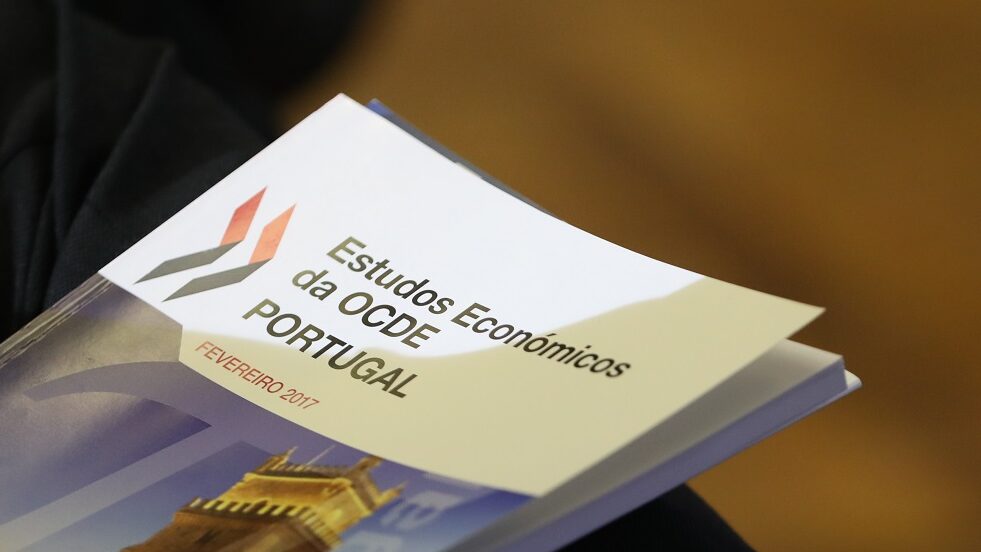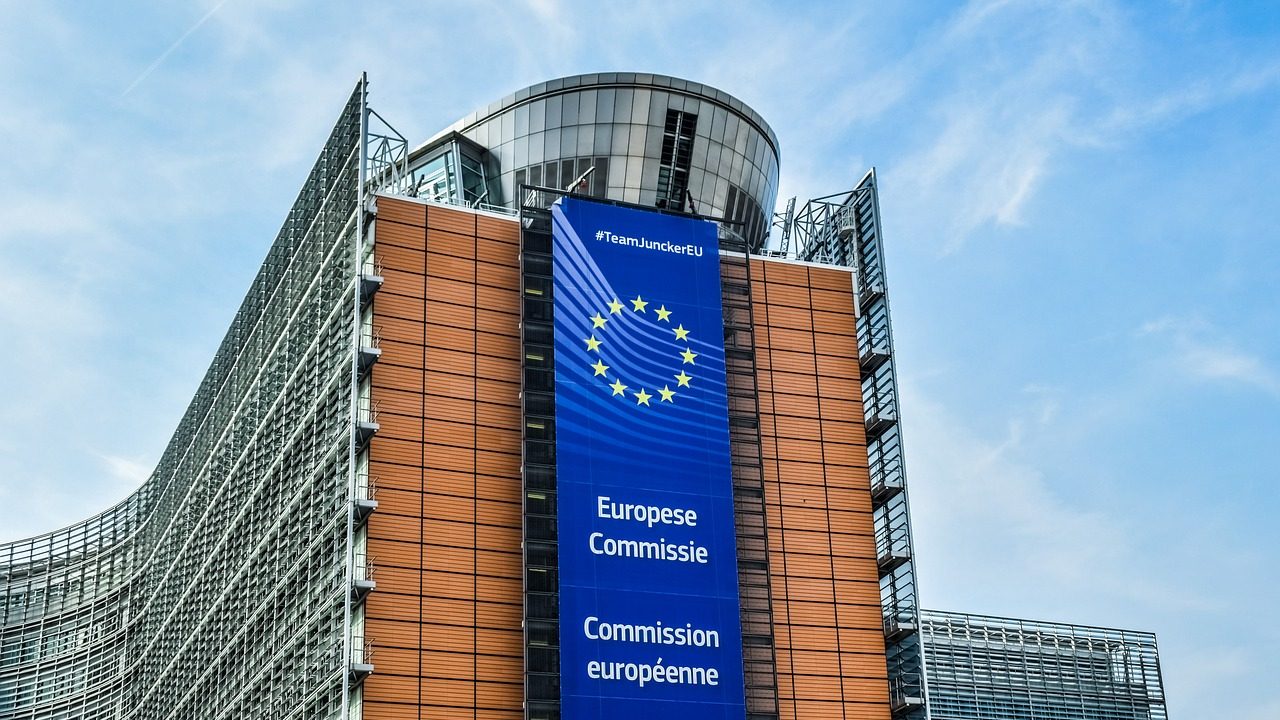Purchasing power falls to 76.4% of European average
Statistics Portugal (INE) said on Wednesday that Portugal's purchasing power fell by 2.2 percentage points in 2020 compared to 2019, standing at 76.4% of the European average.
Portugal’s purchasing power fell by 2.2 percentage points in 2020 compared to 2019, standing at 76.4% of the European average, due to the impact of the Covid-19 pandemic on the economy, Statistics Portugal (INE) said on Wednesday.
The INE said that in nominal terms, GDP ‘per capita’ in 2020 decreased by 6.8%, determined by the nominal reduction in GDP (-6.7%), since the population in 2020 was marginally higher than the previous year.
“The countries with the most substantial reductions in GDP ‘per capita’ measured in PPP in 2020 are those in which tourism-related activities were more important in 2019 and which recorded substantial reductions in 2020,” the institute said.
Among the 19 member states that make up the eurozone, Portugal maintained the 16th position in 2020, below Estonia (84.2%), Spain (84.4%) and Lithuania (86.9%) and ahead of Latvia (70.4%), Slovakia (70.1%) and Greece (62.4%).
The INE added that “considering the values ordered in descending order, it can be seen that the dispersion of the volume indicator of per capita GDP measured in Purchasing Power Standards (PPS) in the 27 Member States of the EU is very significant”.
Luxembourg has the highest index among the 37 countries analysed, at 263.1%, more than two and a half times the average of the 27 countries of the European Union and about five times that of Bulgaria (54.9), the EU country with the lowest value.
“Overall, as a result of the heterogeneous impacts of the Covid-19 pandemic on the different European economies, there were significant variations in the volume indices of GDP ‘per capita’ measured in PPP between 2019 and 2020, with reductions in 16 of the 37 countries participating in the exercise,” INE said.
While Portugal recorded a reduction of 2.2 percentage points (p.p.), the largest decreases in 2020 were observed in Iceland (-6.8 p.p.), Malta and Spain (-6.3 p.p. in both cases).
In contrast, the INE highlights “significant increases” in the volume indices of GDP per capita in Ireland (18.8 p.p.), the second country with the highest level of wealth per capita, in Luxembourg (8.8 p.p.), the country with the highest volume index in 2020, and Denmark (7.2 p.p.).
According to the INE, Individual Consumption Expenditure (IC expenditure) ‘per capita’, which is “a more appropriate indicator to reflect the well-being of families, was 84.4% of the European Union average, 1.2 percentage points lower than in 2019 (85.6%)”.
In this indicator, Portugal ranks 13th among the euro area countries.


